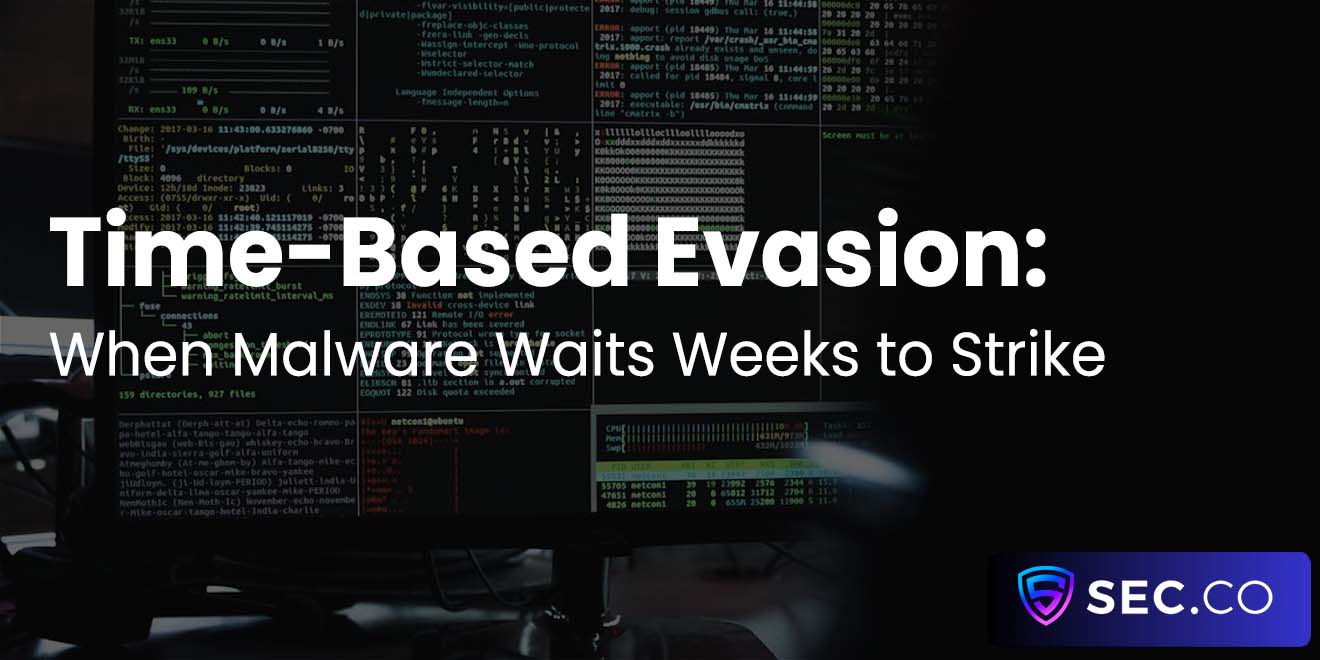Cloud-Native Security: Best Practices for Protecting Serverless Architectures
Welcome to serverless computing, where the cloud providers assure you that you don’t need to worry about infrastructure anymore—just push your code and let the magic happen! Of course, like every good magic trick, there’s a dark side: security. Just because you’re not managing servers doesn’t mean attackers aren’t finding new and creative ways to ruin your day.
Serverless applications introduce unique security challenges, including increased attack surfaces, ephemeral compute instances, and a reliance on external dependencies that might as well be ticking time bombs. So, how do you secure your precious functions from becoming the latest security horror story? Let’s get into it.
Identity and Access Management (IAM): Because Everyone Loves a Good Overprivileged Mess
Least Privilege Ain’t Just a Suggestion, Folks
In a perfect world, developers would grant only the permissions necessary for a function to run. But in reality, devs often take the path of least resistance and slap on AdministratorAccess faster than you can say “breach notification.” IAM misconfigurations are a top-tier way to turn your serverless functions into an attacker's playground. Implementing least privilege access is non-negotiable. Assign precise roles and policies to ensure that each function has access to only what it needs—no more, no less.
But, let’s be honest: getting this right can feel like untangling Christmas lights that have been in storage for a decade. Use automation tools like AWS IAM Access Analyzer to audit your roles and permissions before attackers do it for you.
API Gateways—Your Bouncer at the Serverless Nightclub
If IAM controls what your function can do, API Gateways control who gets through the front door. And much like a nightclub bouncer, a good API Gateway should be selective. Authentication and authorization should be enforced using strong, well-configured policies. If you’re rolling your own authentication, stop. Just stop. Use OAuth, JWTs, and proper rate limiting to keep the bad guys (and the aggressively enthusiastic script kiddies) out.
Function Hardening: Or, How To Stop Writing Vulnerable Code for Fun and Profit

The Dangers of Letting Devs Go Wild
Security teams love developers, but sometimes, it’s like watching a toddler with a chainsaw. Without guardrails, insecure coding practices will inevitably make their way into production. Code reviews, static analysis tools, and runtime protections should be non-optional. Deploying AWS Lambda layers or using runtime security agents can help flag suspicious behavior before it becomes a headline.
Dependency Hell—When Your Supply Chain Wants to Kill You
Modern software development is less about writing original code and more about stitching together third-party libraries like Frankenstein’s monster. But with great dependencies comes great security risks. If you’re still blindly trusting npm packages or container images without verifying them, you might as well start drafting your incident response statement now. Dependency scanning tools like Snyk or AWS CodeGuru can help keep you from importing the security equivalent of a Trojan horse.
Data Security: Because “Public by Default” Is a Stupid Idea
For some reason, cloud storage services love to make things public by default, as if hackers needed another advantage. Data leaks from misconfigured S3 buckets have become so common that they should have their own Netflix docuseries. Encrypt your data—always. Whether at rest or in transit, encryption should be the default, not an afterthought. Implement strong access controls and enforce strict bucket policies to keep sensitive information away from unauthorized eyes.
If your organization still treats data protection as optional, be prepared to explain to customers why their personal information is now available on the dark web. Bonus points if you can do it without saying “Oops.”
Monitoring & Logging: Because Ignorance Is NOT Bliss
You can’t secure what you can’t see. Too many organizations deploy serverless applications without a robust monitoring and logging strategy, which is the cloud security equivalent of driving blindfolded. Every function invocation, API call, and system event should be logged and analyzed. Cloud-native tools like AWS CloudTrail, AWS Config, and Amazon GuardDuty can help detect suspicious activity before it spirals out of control.
Of course, logging is useless if no one actually reads the logs. Automate alerts and anomaly detection so that your security team isn’t just retroactively discovering breaches after customers start complaining on Twitter.
Cold Starts and Runtime Protection: The Ghosts in Your Serverless Machine
Why Cold Starts Can Expose Security Gaps
Serverless functions spin up on demand, meaning they may sit dormant for hours before execution. This creates a lovely window where outdated dependencies, unpatched libraries, or even abandoned functions can become prime targets for attackers. Applying runtime security measures ensures that even cold-started functions are protected from exploitation.
Real-Time Monitoring: Because Hackers Don’t Wait for Logs to Update
Security shouldn’t be a reactive game. Real-time monitoring solutions like AWS Lambda Extensions and CloudWatch can help track function execution, identify anomalies, and even halt malicious activity mid-execution. The key is to minimize attack dwell time—because once an attacker gets a foothold, your problems multiply faster than unsecured API keys on GitHub.
Serverless Security Is Hard (But So Is Explaining a Data Breach to Your CEO)
If you take one thing away from this article, let it be this: just because the cloud provider handles infrastructure doesn’t mean security is their problem. Serverless security requires a shift in mindset, proactive monitoring, and a commitment to best practices that go beyond just “set it and forget it.” Attackers love serverless because it’s new, evolving, and often misconfigured. Don’t make their job easier.
If your organization still thinks serverless security is a “future problem,” just wait. Future-you will be thrilled to deal with the fallout of a breach. Or you can start securing your architecture today—your call.
Trusted by the Web Community
See what we written lately
Request an invite
Get a front row seat to the newest in identity and access.















